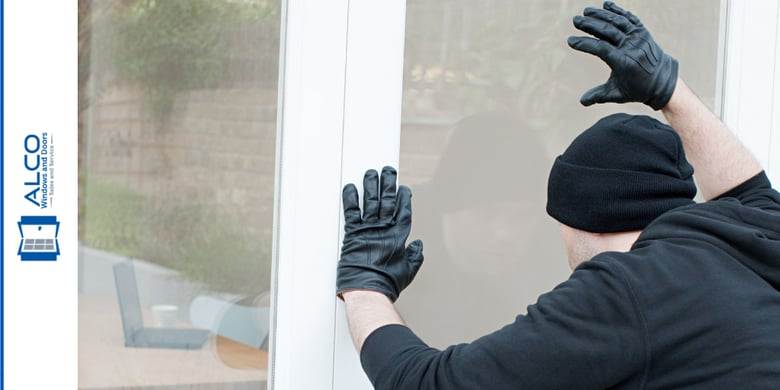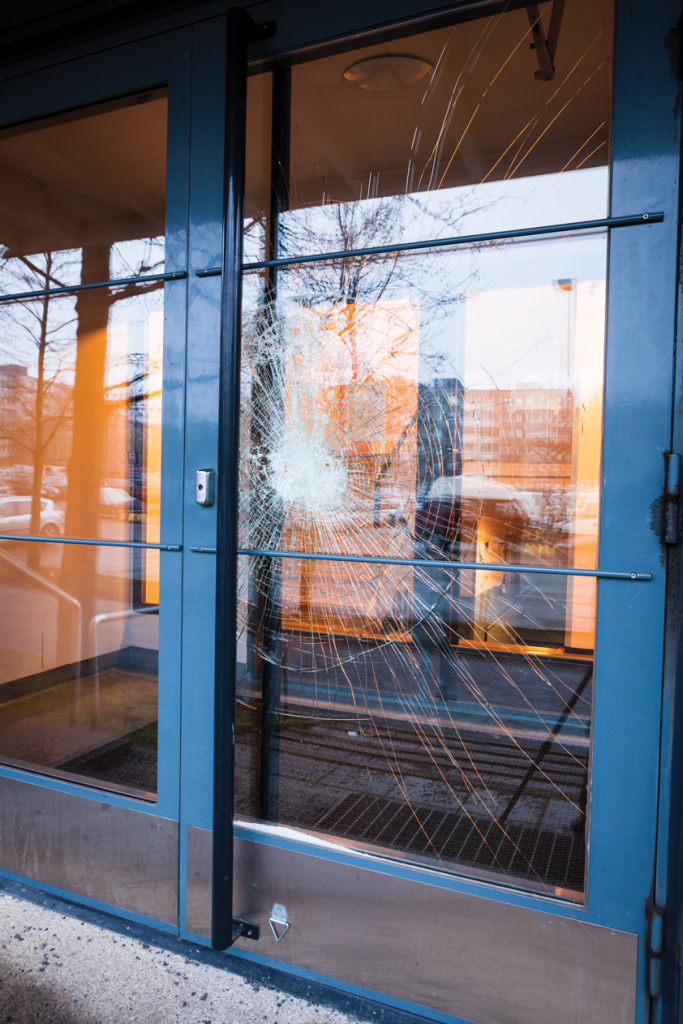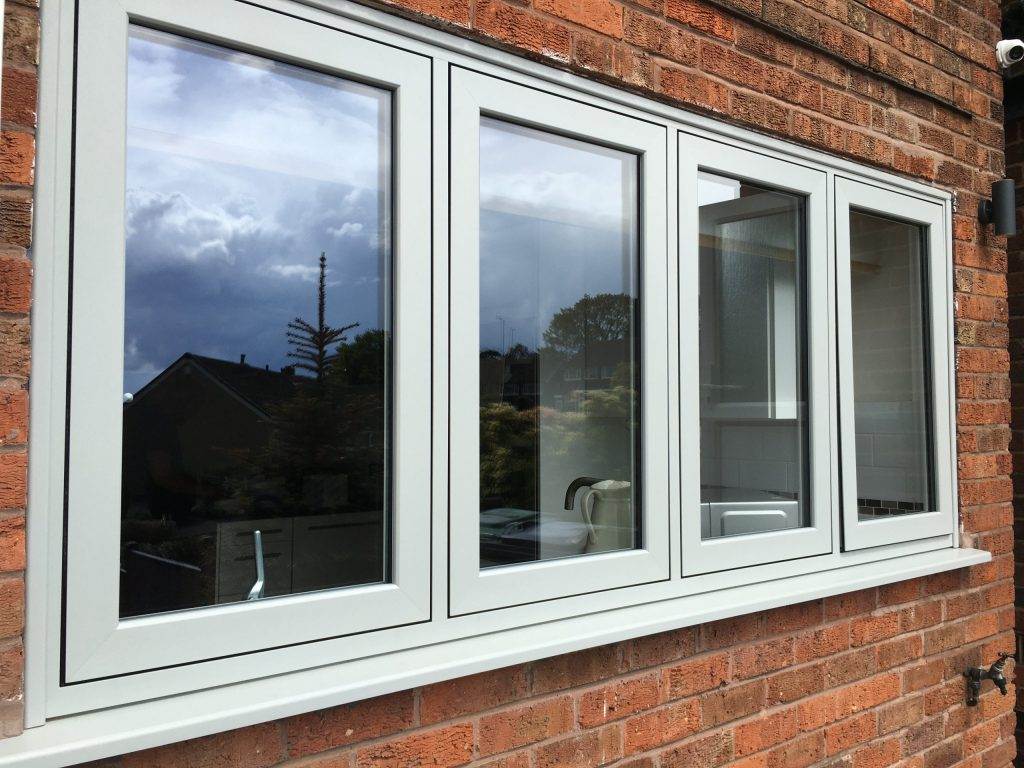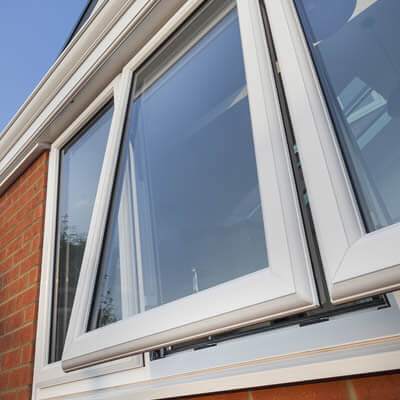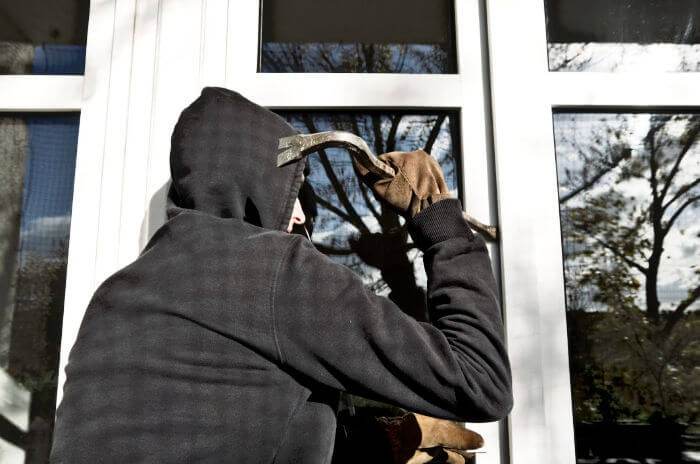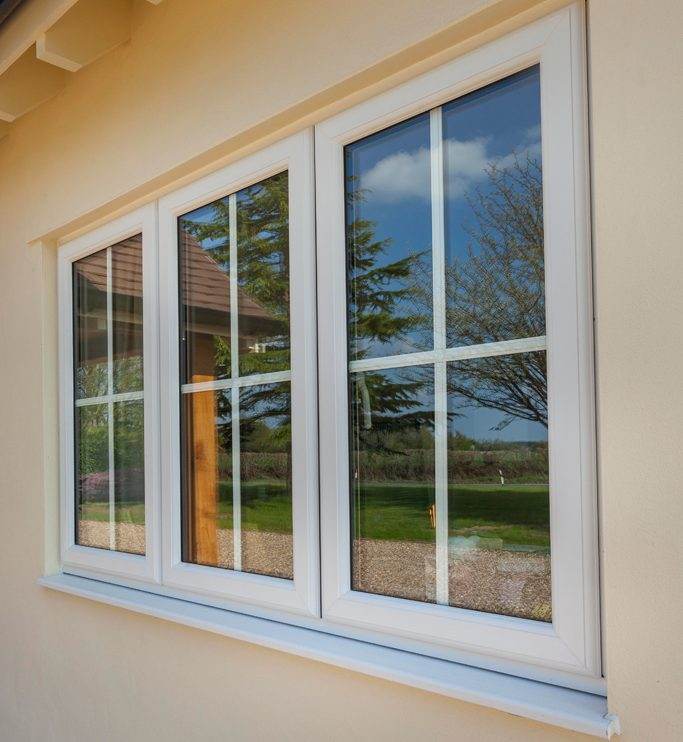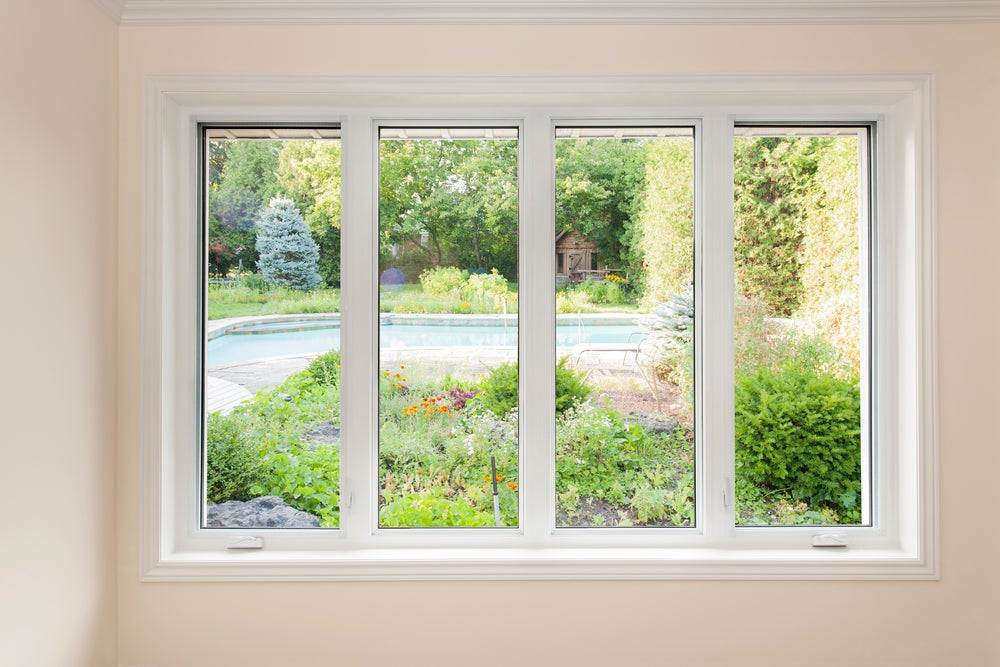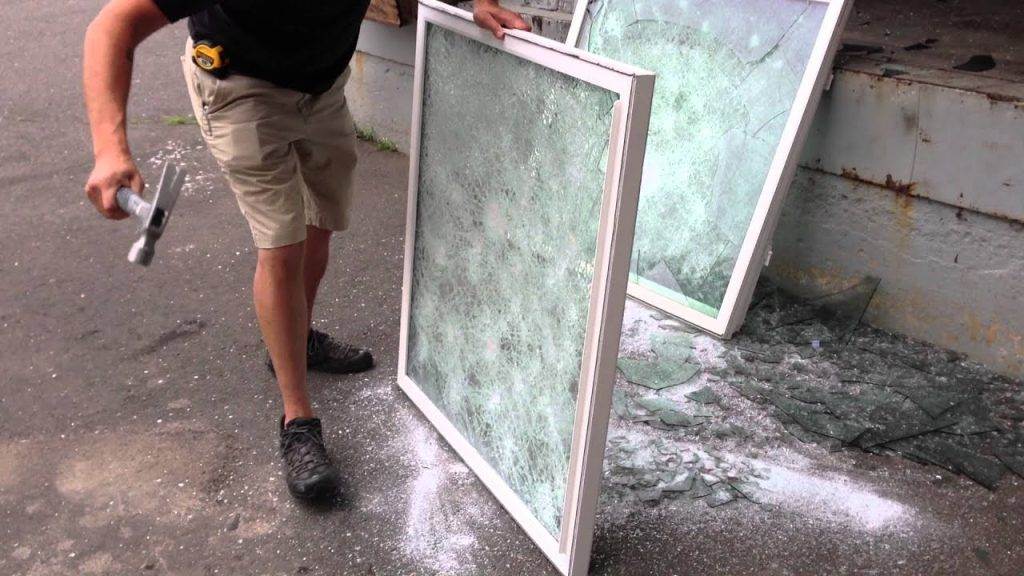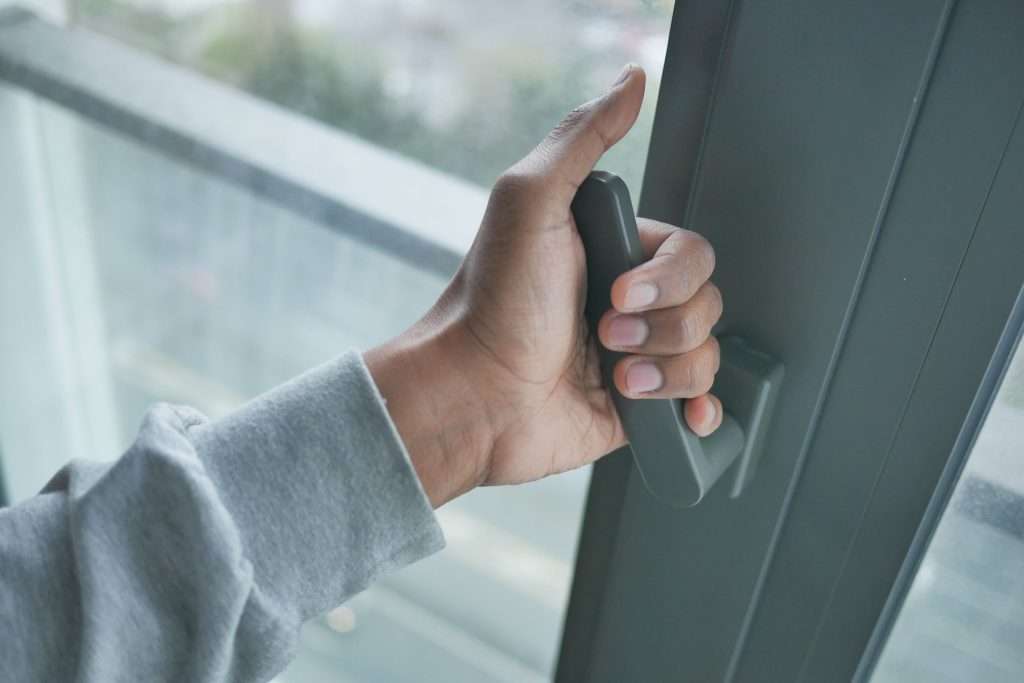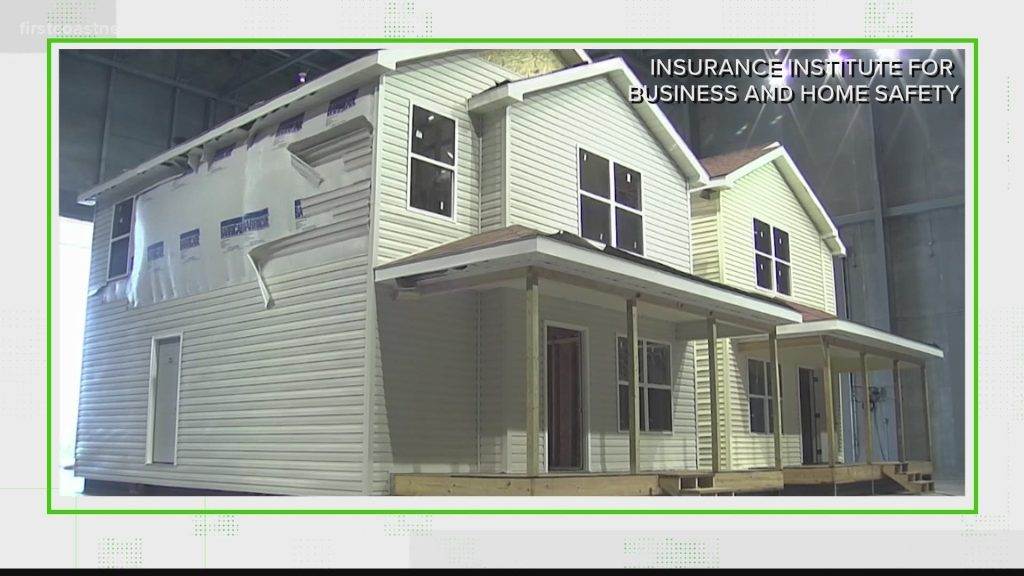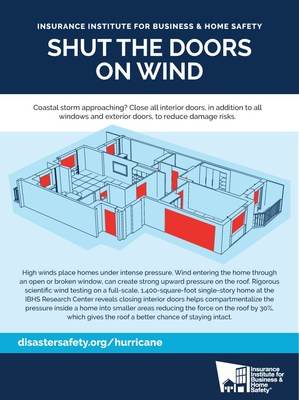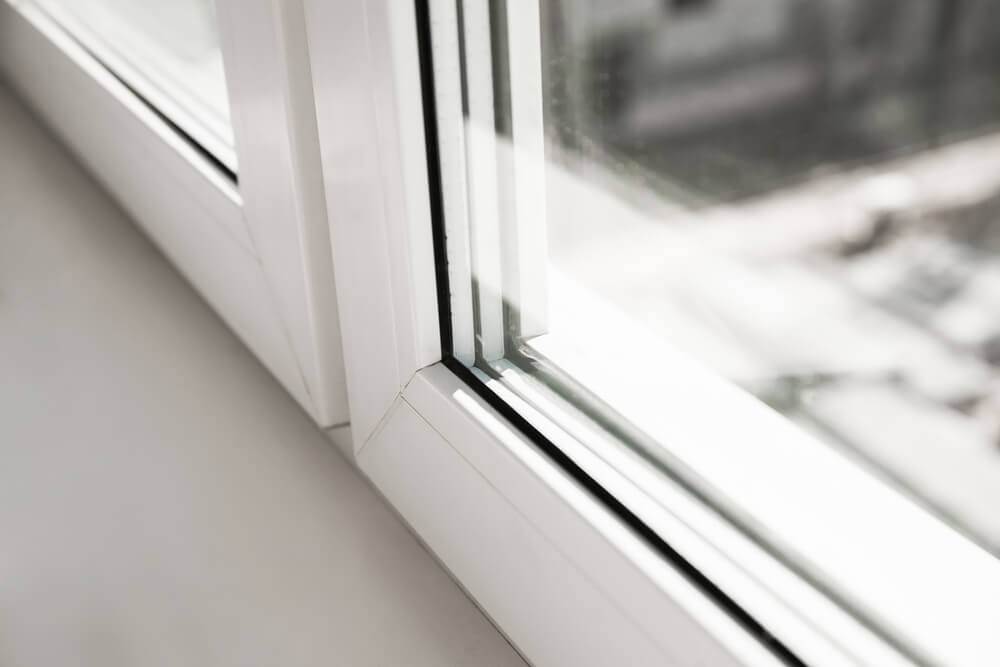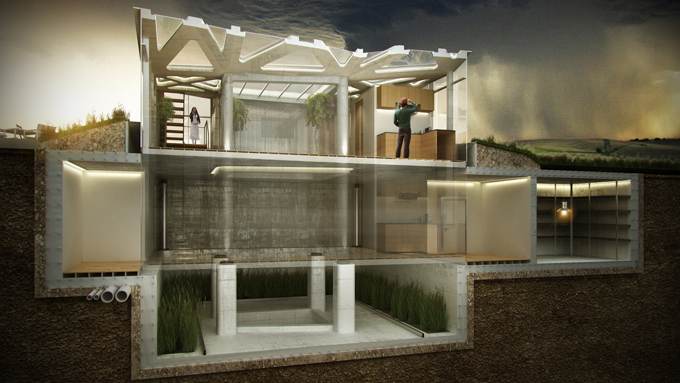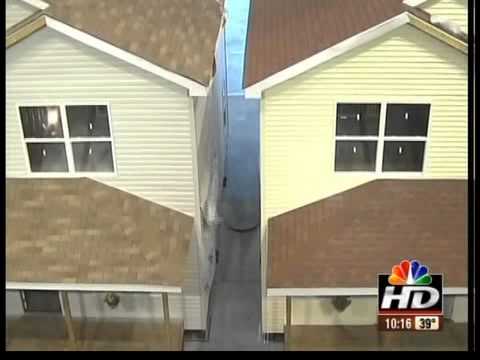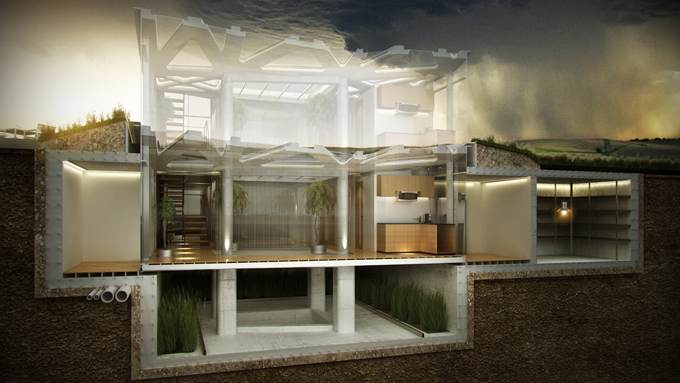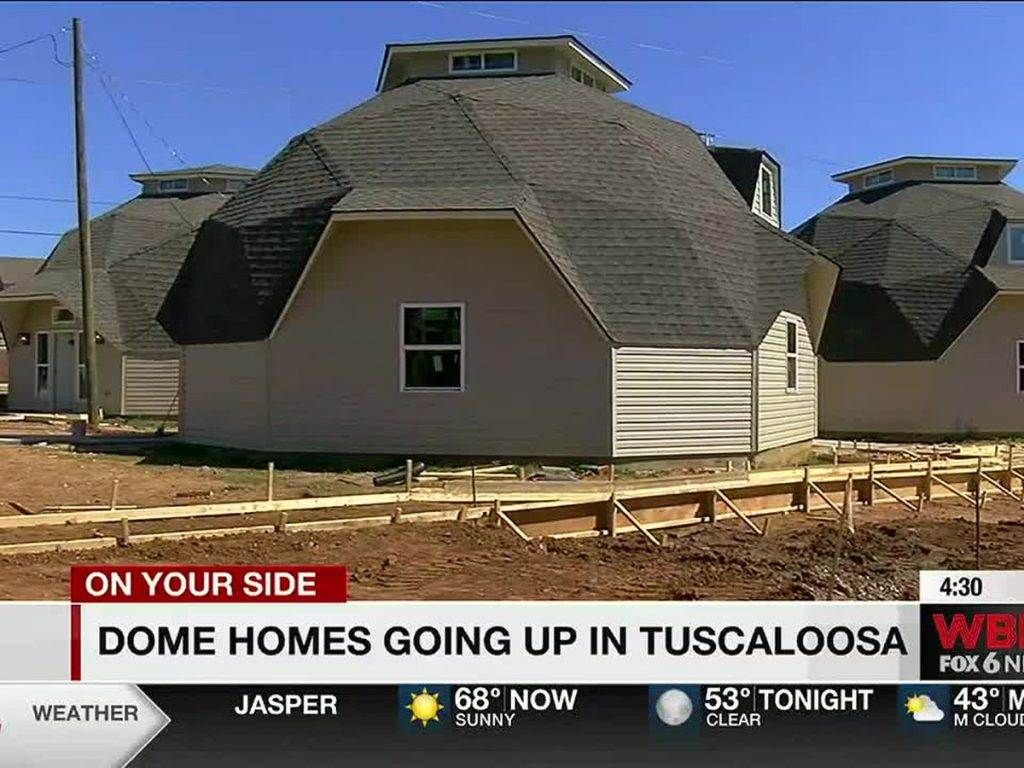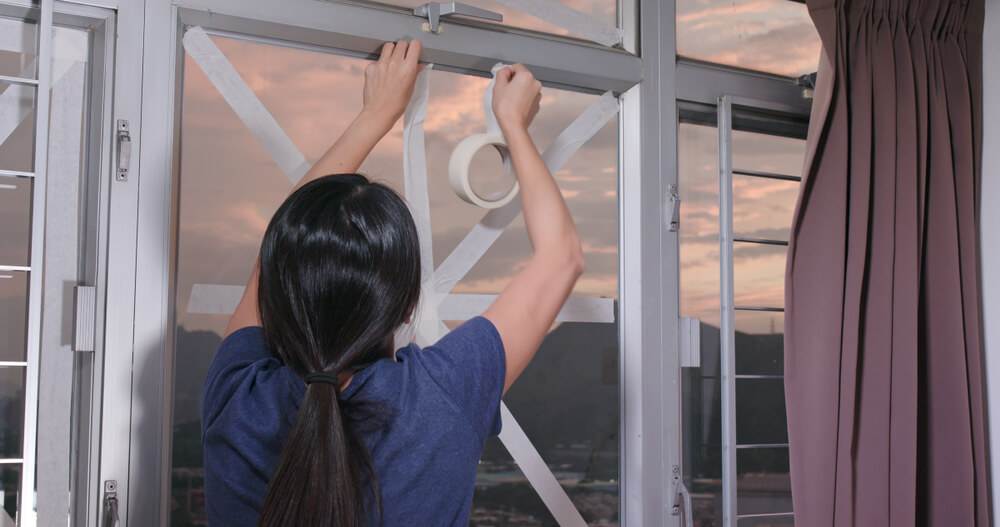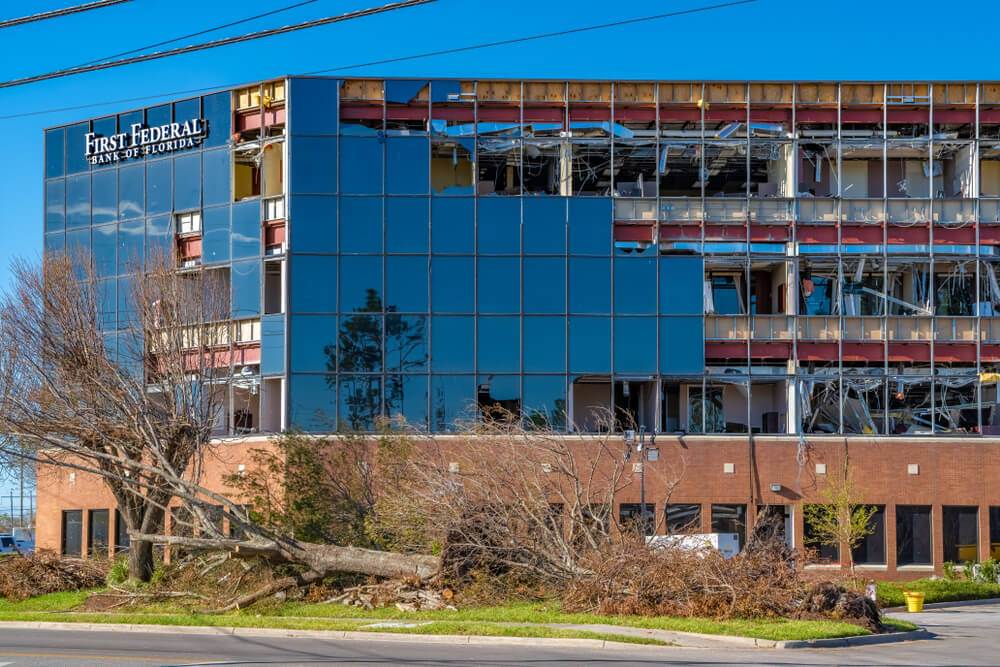So you’ve invested in impact windows for your home, thinking they are impenetrable and will keep your family safe from intruders. But have you ever wondered if these windows are truly unbreakable? In this article, we will explore the potential vulnerabilities of impact windows and whether or not burglars can actually break into them. It’s a topic that may leave you questioning the effectiveness of these popular security features.

This image is property of lees-fe8.kxcdn.com.
The Basics of Impact Windows
What are impact windows?
Impact windows, also known as hurricane windows or storm windows, are specially designed windows that are built to withstand the impact of flying debris and extreme weather conditions, such as hurricanes and strong storms. Unlike regular windows, which can shatter easily upon impact, impact windows are made with durable materials and reinforced construction to provide enhanced protection for homes and buildings.
How are impact windows constructed?
Impact windows are constructed using a combination of strong and impact-resistant materials, such as laminated glass and reinforced frames. The glass used in impact windows consists of two layers of glass bonded together with a layer of clear polyvinyl butyral (PVB) in between. This design not only makes the glass more resistant to breakage, but also prevents it from shattering into dangerous shards upon impact. The frames of impact windows are typically made of materials like aluminum or vinyl, which are reinforced for added strength and durability.
Why are impact windows popular?
Impact windows have gained popularity in recent years due to their numerous benefits. Aside from providing increased protection against storms and hurricanes, impact windows also offer other advantages such as noise reduction, improved energy efficiency, and enhanced security. They are also aesthetically pleasing, with a wide range of styles and designs available, making them a popular choice for homeowners who want both functionality and beauty in their windows.
Factors Affecting Window Security
Window material
The choice of window material plays a crucial role in determining its level of security. Impact windows are typically made with laminated glass, which is designed to withstand high impacts without shattering. The thickness and quality of the laminated glass can vary, with thicker glass offering greater resistance against breakage. Additionally, the frame material used in impact windows is also important. Aluminum frames are commonly used for their strength and durability, while vinyl frames are known for their resistance to corrosion and moisture damage.
Installation quality
Even the most secure and durable impact windows can be rendered ineffective if they are not installed properly. Professional installation is essential to ensure that the windows are securely fitted and sealed, leaving no gaps or vulnerabilities. Poor installation can compromise the integrity of the windows, making them more susceptible to break-ins.
Locking mechanism
The locking mechanism of impact windows is another important factor to consider for window security. High-quality impact windows are equipped with secure and robust locking systems that are designed to withstand forced entry attempts. It is crucial to choose impact windows with advanced locking mechanisms that are resistant to picking or tampering.

This image is property of info.alcoimpact.com.
Testing and Certification
The American National Standards Institute (ANSI)
The American National Standards Institute (ANSI) is an organization that sets standards for various products, including impact windows. ANSI provides guidelines and testing procedures to assess the performance and safety of impact windows. It ensures that impact windows meet specific quality and safety standards before they are made available to consumers.
The Miami-Dade County Testing
Given the vulnerability of coastal areas to hurricanes, Miami-Dade County in Florida has established its own rigorous testing protocols for impact windows. Products that pass the Miami-Dade County testing are considered to be highly reliable and capable of withstanding the region’s strong winds and flying debris. The Miami-Dade County certification is recognized as a mark of quality for impact windows.
The Florida Building Code (FBC)
The Florida Building Code (FBC) requires that all new construction and replacement windows in the state of Florida adhere to strict standards for wind resistance. Impact windows that comply with the FBC requirements are deemed suitable for use in high-risk hurricane areas. The FBC certification ensures that impact windows meet the necessary criteria for withstanding severe weather conditions.
Tools and Techniques for Breaking into Impact Windows
Physical force
While impact windows are designed to withstand high impacts, they can still be vulnerable to determined intruders using excessive physical force. Powerful blows, such as repeated strikes with a heavy object or the use of tools like hammers or crowbars, can potentially cause damage to both the glass and the frame of impact windows. However, the strength and durability of impact windows make them much more resistant to break-ins compared to standard windows.
Ballistic attacks
Although less common, ballistic attacks involving firearms or other high-velocity projectiles can also pose a threat to impact windows. While impact windows are not designed to be bulletproof, the laminated glass used in their construction can provide some level of protection against ballistic attacks. The glass may crack or chip upon impact, but it will remain intact and prevent penetration by the projectiles.
Explosives
Extreme measures involving explosives can potentially breach impact windows, but such methods are incredibly rare and highly dangerous. The combination of the reinforced frame and laminated glass in impact windows significantly reduces the likelihood of success for explosive-based break-in attempts.

This image is property of armorvue.com.
Window Vulnerabilities
Frame damage
One vulnerability of impact windows is damage to the frame. If the frame is compromised or weakened, it can compromise the overall strength and security of the window. Physical force, such as repeated blows or excessive pressure, can cause deformation or cracking in the frame, creating potential entry points for intruders. Regular inspection and maintenance of window frames are crucial to identify any signs of damage and address them promptly.
Glass penetration
While impact windows are designed to resist breakage, there is still a possibility of glass penetration under extreme circumstances. Intense impacts or concentrated forces applied to a specific area of the glass can potentially cause it to crack or chip, creating a breach. However, the laminated glass used in impact windows ensures that even if the glass cracks, the interlayer holds the broken pieces together, preventing the glass from shattering and deterring intruders.
Hardware failure
The hardware components of impact windows, such as hinges, locks, and handles, may also be vulnerable to failure. Over time, regular wear and tear, improper maintenance, or subpar quality hardware can lead to weakened or malfunctioning mechanisms. Malfunctioning hardware can compromise the security of impact windows, making them more susceptible to break-ins. Regular maintenance and proper care of the hardware are essential to ensure continued window security.
Mitigating Window Vulnerabilities
Upgrading window material
One way to mitigate window vulnerabilities is to upgrade the window material. Opting for impact windows with thicker laminated glass can enhance their resistance to extreme impacts. Additionally, choosing frames made of strong and durable materials, such as aluminum or stainless steel, can further reinforce the windows’ integrity and security.
Reinforcing window frames
Adding additional reinforcement to the window frames can significantly reduce the vulnerability of impact windows. Reinforcements such as steel or aluminum bars can be installed within the window frame to provide extra strength and rigidity. This added layer of protection makes it more challenging for intruders to force open the windows, improving the overall security of the property.
Installing security film
Another effective way to mitigate window vulnerabilities is to install security film on the windows. Security film is a thick, transparent film that can be applied to the glass surface of the impact windows. It provides an extra layer of protection by holding shattered glass together upon impact, preventing it from scattering and making it much more difficult for intruders to gain access to the property.

This image is property of www.aspwindows.com.
Common Misconceptions
Impact windows are indestructible
While impact windows are highly resistant to breakage, it is a misconception to think that they are indestructible. Extreme forces or repeated assaults can potentially cause damage to impact windows. However, their construction and design ensure that even if the glass cracks, it remains intact and prevents shattering. Impact windows offer a significantly higher level of security and protection compared to standard windows, but they are not impervious to all types of break-in attempts.
Window film provides sufficient protection
Although security film can provide an additional layer of protection for impact windows, it is not a foolproof solution. Security film can help to hold shattered glass together, making it more difficult for intruders to gain access to the property. However, it does not make the window unbreakable. Quality impact windows are specifically designed to withstand high impacts, and while security film can provide some extra security, it is not a substitute for impact-resistant glass.
Window locks are foolproof
While secure and robust window locks are essential for window security, they are not foolproof. Determined intruders may still find ways to bypass or break the locks. It is important to choose high-quality locks that are specifically designed for impact windows and ensure they are properly installed and maintained. Additional measures, such as reinforcing the frames or adding security film, can further enhance the overall security of impact windows.
Real-life Break-in Scenarios
Testimonials from impacted homeowners
Several homeowners who have experienced attempted break-ins have shared their testimonials about the effectiveness of impact windows in preventing intrusions. These individuals have attested to the remarkable resilience and durability of impact windows, with many expressing gratitude for the extra layer of security and peace of mind that impact windows provide.
Case studies on attempted break-ins
Various case studies have documented attempted break-ins on properties with impact windows. These studies highlight the challenges intruders faced in trying to breach impact windows and the ultimate failure of their attempts. They serve as powerful evidence of the effectiveness of impact windows in deterring and preventing break-ins.
Statistics on break-in success rates
Statistics on break-in success rates provide valuable insight into the real-world performance of impact windows in preventing unauthorized entry. Comparative studies between properties with traditional windows and those with impact windows consistently show a significant reduction in break-in rates for homes with impact windows. These statistics reinforce the notion that impact windows offer a higher level of security and protection for homeowners.

This image is property of crystalclearwindowinstalls.com.
Costs and Benefits of Impact Windows
Financial investment
The cost of impact windows can vary depending on factors such as the size, style, and material chosen. Impact windows generally have a higher upfront cost compared to standard windows. However, this investment can provide long-term savings by reducing the need for costly repairs after storm damage or break-ins. Additionally, impact windows may increase the value of a property, making them a worthwhile investment for homeowners looking to enhance both security and resale value.
Energy savings
Impact windows are designed to be energy-efficient, offering insulation that can help regulate indoor temperatures and reduce energy consumption. The insulating properties of impact windows help to keep cool air inside during hot weather and prevent heat loss during colder months. This improved energy efficiency can result in lower utility bills, making impact windows a cost-effective choice in the long run.
Insurance premium reduction
Many insurance companies offer discounts on homeowners’ insurance premiums for properties equipped with impact windows. The increased security and resistance to damage provided by impact windows make them less susceptible to break-ins and storm-related incidents, reducing the risk for insurance providers. Homeowners who invest in impact windows can often enjoy savings on their insurance costs, further offsetting the initial investment.
Conclusion
Impact windows are an increasingly popular choice for homeowners who prioritize security, durability, and energy efficiency. With their reinforced construction, impact windows offer enhanced protection against extreme weather conditions and break-ins. Through the use of laminated glass, durable frames, and advanced locking mechanisms, impact windows provide a much higher level of security compared to standard windows. Homeowners can further mitigate window vulnerabilities by upgrading window materials, reinforcing frames, and installing security film. While impact windows are not indestructible, they have proven effectiveness in preventing break-ins and minimizing damage caused by storms. The financial investment in impact windows can be offset by long-term savings in energy costs and insurance premiums. Overall, impact windows offer homeowners peace of mind, improved energy efficiency, and increased property value.


